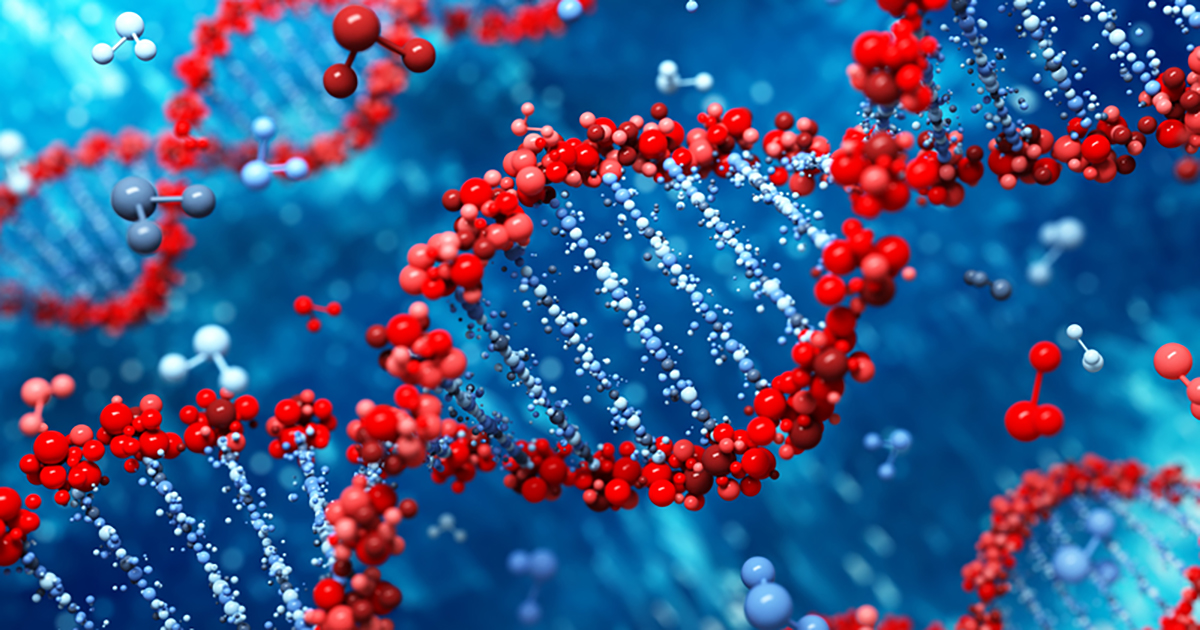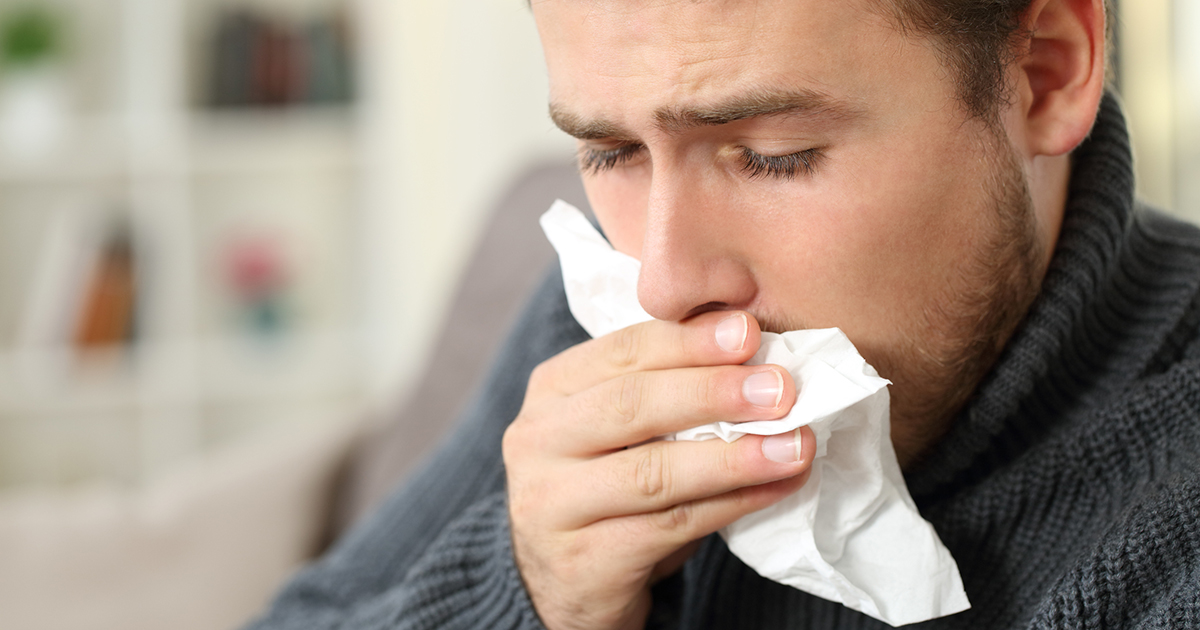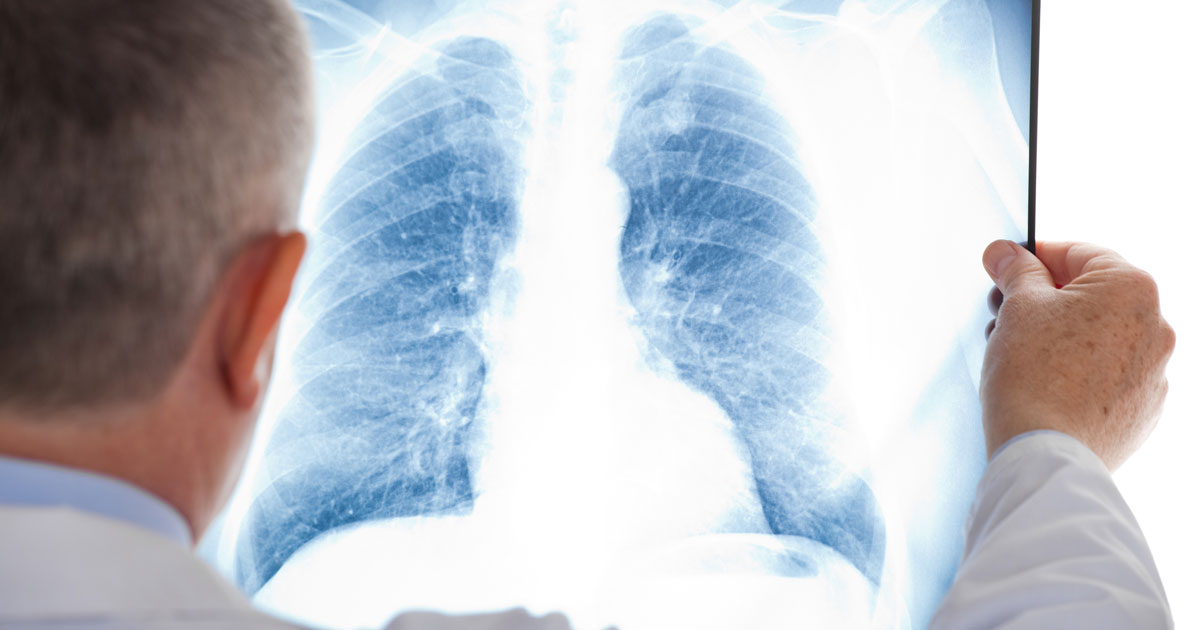Guide To The Causes And Complications Of Large Cell Carcinoma
The idea of struggling to breathe, or needing assistance to breathe, is rightly terrifying, which is why lung cancer is something everyone would like to avoid. Large cell carcinoma is one form of lung cancer, and it can be devastating. It gets its name because the growths caused by this disease aren't as neat and structured-looking as the small cell version. Large cell carcinoma tends to grow and spread quickly, which means the prognosis is poor. However, the good news is we know what causes most occurrences. That means we also understand how to prevent large cell carcinoma.
Smoking

Cigarettes and other tobacco products are some of the most well-known and well-documented causes of lung cancers. Deciding not to smoke, or quitting if you smoke already, is a great way to prevent lung cancer, including large cell carcinoma. The length of time someone smokes increases their chances of developing this type of lung cancer. Smoking two packs or more per day is also a big risk factor. The great news is society is making it easier than ever to not smoke. It's not allowed at many large workplaces and public building, including schools, libraries, and hospitals. In many communities, there are also government-backed programs to put individuals on nicotine gums or lozenges. Quitting smoking and avoiding second-hand smoke are some of the most protective measures individuals can take against developing large cell carcinoma.
Continue reading to learn how pollution in the air can affect the chances of getting large cell carcinoma.
Air Pollution

This one may come as a surprise. Air pollution is closely correlated with lung cancers including large cell carcinoma, as pollutants like soot particles, carbon monoxide, and VOCs can cause serious respiratory problems. In Western countries like the United States and Canada, we sometimes think we have air pollution under control and believe smog is a problem in the developing world. Recently, though, San Francisco's air quality has measured at the same level as Beijing's, and in fact, sometimes it's even worse. This pollution is a problem we all need to be aware of and something we all need to work to reduce. Buying electric cars and taking public transit are two ways we can work to improve air quality.
Continue reading to see how genetics might play a role in large cell carcinoma.
Genetics

As with many health conditions, genetics play a part in the development of some lung cancers. While most cases of large cell carcinoma can be traced to an environmental cause like cigarettes or poor air quality, they may also be influenced directly by genetics. Someone's genes alone are usually not enough to cause the development of large cell carcinoma or another lung cancer. They simply make it more likely. A genetic predisposition combined with exposure to a dangerous irritant can lead to the development of large cell carcinoma. Unfortunately, there's nothing anyone can do about their genes. But limiting exposure to environmental causes really benefit individuals with a genetic predisposition.
Learn about a type of exposure that can cause large cell carcinoma next.
Occupational Exposure

Exposure to chemicals and irritants is one of the leading causes of lung cancers like large cell carcinomas. Occupational exposure to chemicals and asbestos have been common in some industries. Asbestos, a great insulator, was used frequently in manufacturing, the military, and even as siding for homes. These days, organizations like OSHA making reducing occupational exposure chemicals asbestos a priority. We know more about personal protective equipment and how it can prevent the inhalation of dangerous particles. With attention to prevention, occupational exposure to airborne carcinogens can be limited or eliminated.
Get the details on another exposure cause of large cell carcinoma now.
Exposure To Radon

Exposure to radon gas, which occurs naturally, is also a common cause of lung cancers. In small concentrations, it's not dangerous, but at high concentrations, it's hazardous. It can seep into buildings from the soil, well water, or even building materials. This is why buildings like schools and hospitals have radon levels checked regularly. Exposure to radon gas can be hard to control because it occurs naturally. Thus, the best way to avoid lung cancer caused by radon is to monitor the environment. Limiting other risk factors like tobacco use is also essential. Combined exposure to this gas and other environmental causes is especially dangerous.
Read about the complications linked to large cell carcinoma now.
Coughing Up Blood

Coughing up blood, also called hemoptysis, is one of the most prevalent complications in patients affected by lung cancers like large cell carcinoma. Current research on individuals dealing with this complication does not indicate the frequency at which hemoptysis is associated with the prognosis of lung cancer. A large cell carcinoma patient has a cancerous tumor in their lung that causes damage to the tiny blood vessels that provide the delicate lung tissues with oxygenated blood. These damaged or ruptured blood vessels cause the leakage of blood into the small air sacs in the lungs. The leaked blood combines with mucus and is then expelled through coughing in an affected individual. Hemoptysis can be dangerous in large cell carcinoma patients if it is more than a few teaspoons, causes shortness of breath, or produces dizziness.
Get more details on the complications of large cell carcinoma now.
Pleural Effusion

An individual who has large cell carcinoma can develop pleural effusion as a complication of their malignancy. The pleural space is the area between the chest wall and lungs that is lined with thin membranes called the pleura. The space between these thin membranes in a healthy individual typically contains around a teaspoon of fluid for lubrication and ease of movement. Pleural effusion describes when there is an abnormal accumulation of fluid in the pleural space. This complication develops in large cell carcinoma patients when the cancerous cells from the lungs invade the pleural membranes. The production of the fluid in an affected individual's pleural space becomes increased, and the ability of the lymph system to absorb excess fluid becomes decreased when the cancerous cells have invaded the pleural space. When pleural effusion is the result of the presence of cancerous cells, the medical community refers to it as malignant pleural effusion.
Continue to reveal more large cell carcinoma complications now.
Metastasis

An individual who has large cell carcinoma can experience the metastasis or spread of their cancer to other parts and organs in their body as a complication of their malignancy. Metastatic lung cancer is also commonly referred to as secondary lung cancer in the medical community. The most prevalent organs to be affected by metastatic lung cancer include the bladder, breast, kidney, testicles, bones, colon, rectum, and prostate. Cancerous cells from the lungs can spread when they enter the bloodstream, are absorbed into the lymph vessels, or physically grow through the tissues of the lung into other neighboring structures. Because symptoms of large cell carcinoma do not manifest until the disease becomes advanced, some patients may already have metastatic lung cancer upon diagnosis. The main characteristics of the cancer cells in an affected individual do not change or become altered during this process. The cancer cells just move and live in a new organ or tissue in the body in addition to the lung.
Discover additional complications linked to large cell carcinoma now.
Severe Pain

Severe pain is a common complication of large cell carcinoma. Severe and chronic pain affects around three-fourths of all individuals affected by malignancy in the lung. The most common parts of the body affected by severe pain as a result of large cell carcinoma are the lower back and middle chest. This pain may be felt for over twelve hours a day and has a poorly defined or gradual onset. Severe pain can be the result of a large cell carcinoma tumor growing in the top of the lung in close proximity to the cervical sympathetic and brachial plexus nerves. Some patients experience severe pain when their large cell carcinoma spreads into the pleural space. Severe pain in a large cell carcinoma patient can greatly compromise their quality of life because it is often not responsive to even the strongest of pain medications.
Learn more about the complications associated with large cell carcinoma now.
Breathing Issues

An individual affected by large cell carcinoma can frequently experience breathing issues as a complication of their malignancy. The lungs in a healthy individual are made of hundreds of small air sacs (alveoli) that have tiny blood vessels that run through them. Air moves down an individual's windpipe, into their bronchi, and then into the alveoli where carbon dioxide is released, and oxygen is absorbed into the blood. That blood then moves away from the lungs back to the heart. The heart and lungs work together in the body to ensure all of an individual's tissues receive oxygen-rich blood. A large cell carcinoma patient has a cancerous mass that grows into many of the air sacs in the lungs, damaging them and causing them to become nonfunctional. Lung cancer can also invade into the channels that carry air from the bronchi to the small air sacs, causing them to become damaged or obstructed. These issues induced by the growth of cancer cells in the lung is what causes an affected individual to experience breathing issues.
